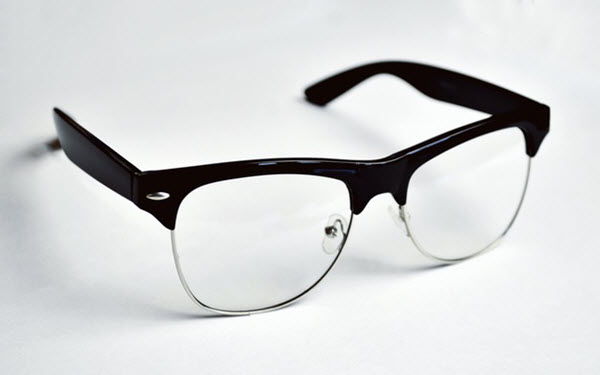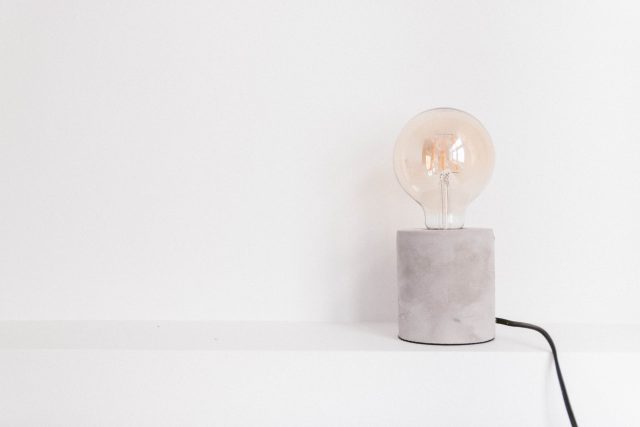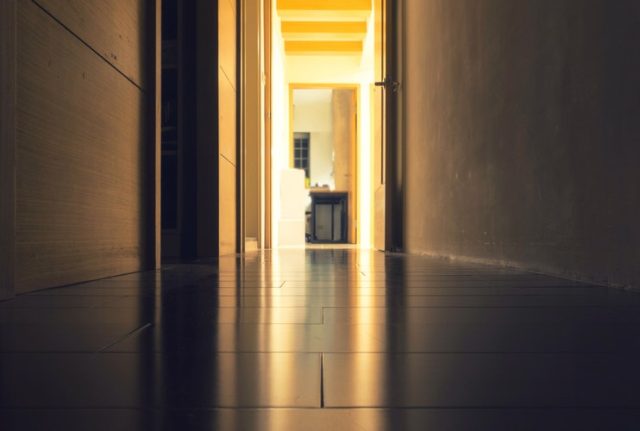As my grandma says, “Growing old is no picnic.”
Aging effects every aspect of your life, especially the eye sight. Some older people might read and watch TV without bifocals but the majority of them suffer from weak eyesight.
Once you hit 40, you will begin to note the difference in the clarity of your vision. While you can start taking multivitamins to improve your eyesight, it is almost impossible to avoid poor eyesight after 60.
It is estimated that the elderly need 2 to 6 times more light than 20-year-old people for their daily tasks. Improper or poor lighting causes old people to fall and that often results in a fracture. The fractures in old age can take several months to heal and, in some cases, can leave them completely bedridden.
Although you cannot restore your vision 100% in your old age, you can prevent those accidents by improving the lighting in your house. The tips below can definitely help you out.
But before that, let’s first talk about the most common eye problems old people experience.
Common Eye Problems Among Older People

Some of the common eye diseases are cataracts and glaucoma. Older people can also suffer from either nearsightedness or farsightedness.
When you get old, your visual clarity becomes affected because of the hardening of your lenses. You won’t be able to focus clearly and quickly as you’d like to. The lenses start getting yellow which can make it hard to differentiate between colors. They’ll be less sensitive to blues as well.
Your corneas will become opaque and fat deposits will scatter the light. With that, you won’t be able to easily distinguish objects. Your ciliary muscles weaken which can make it hard for you to recognize objects from a distance.
Lighting for Elderly: What to Do
Increased sunlight
The best source of lighting is natural light that is sunlight. Make sure you open all the curtains and blinds during the day, especially in the elderlies’ room. This natural sunlight is better than artificially installed lights. Plus, it’s free.
To increase the amount of lighting, you can increase the number of windows. Make them larger and install screen doors.
Artificial lights
Unfortunately, not all of us live in places where daily access to sunlight is possible. If that’s your case, you can install artificial lighting to make the spaces well-lit for the elderly.
As you grow older, you need bright white light to perform your tasks such as reading, cooking, sewing, and stitching. Poor eye sight can make it hard for you to see small obstacles in the way and assess the depth of spaces, causing you to trip and fall.
Using artificial lighting can brighten up spaces, allowing one to easily spot any hindrances. You can get different types of lighting, such as ceiling lights, bulbs, lamps, recess lights, and LEDs. Get them installed all over your house.
Task lighting
These are the brighter lights which are perfect for performing any daily tasks. Older people need them for tasks that require them to focus.
You can install these lights at their desks, kitchen or bathroom. You can also get portable desk lamps, which can be easily moved from one place to another.
Incandescent and ambient lights
These lights have yellowish hue which provides soft ambiance to the room. This light cannot be used for reading and other tasks that require more focus but these lights enable one to walk easily and safely.

These warm lights are very relaxing and mimic the circadian rhythm. You can install these types of lights in corridors, hallways, foyer, bedroom, porch, and staircases. These are not harsh. In fact, they can potentially reduce glare.
Add lighting layers
You can also increase the lighting by adding a layer, that is if you already have incandescent lights all over your house. You can enhance it by getting light bulbs and lamps.
If you have stark lighting in rooms, you can install wall scones and valences to switch it ambient. Maximize your light options so you so can switch from one source to another depending on your requirement.
Prominent switch boards
The switchboards often skip our attention but they are as important for proper lighting. Make sure the switchboards are accessible to older people, especially if they are on wheel chairs.
You don’t want them stumbling in the dark looking for switches and getting hurt in the process. The switchboards must be in their vicinity so that they can easily spot it.
Get dimmers
Dimmers allow elders to switch light to brightest when they are performing any task and then switch it low during the day. They can also save you the cost of installing different light sources.
Motion sensors
With increasing technology, you have now all these incredible options for the elderly, which can significantly make their lives easier.

People with arthritis have a hard time adjusting dimmers and light switches. Even though the switchboards are prominent, it can take them a while to reach them.
In this case, motion sensors work best. They automatically sense the presence of people and turn off and on accordingly.
Extra tips
• To increase the lighting, you can make sure that the walls are painted with light, pastel colors. Using dark hues can make any room appear darker. Also, use matte paint instead of glossy paints to reduce the glare.
• Older people’s eyes are more sensitive to light. So, install the light in a way that does not directly strike their line of vision. Also, put lampshades on bulbs to avoid direct glare.
Conclusion
I hope these points have helped you to understand how vital is proper lighting for the elderly is. Well-lit houses and spaces will enable them to perform their tasks with ease and also reduces their chance of falling and getting injured.
You can get different types of lighting from your local store or online. If you are on a tight budget, you can make use of your saving coupons to get discounts on your purchase.
The post Important Lighting Tips for Older Eyes You Should Know appeared first on Dumb Little Man.
from
https://www.dumblittleman.com/lighting-for-elderly/

No comments:
Post a Comment